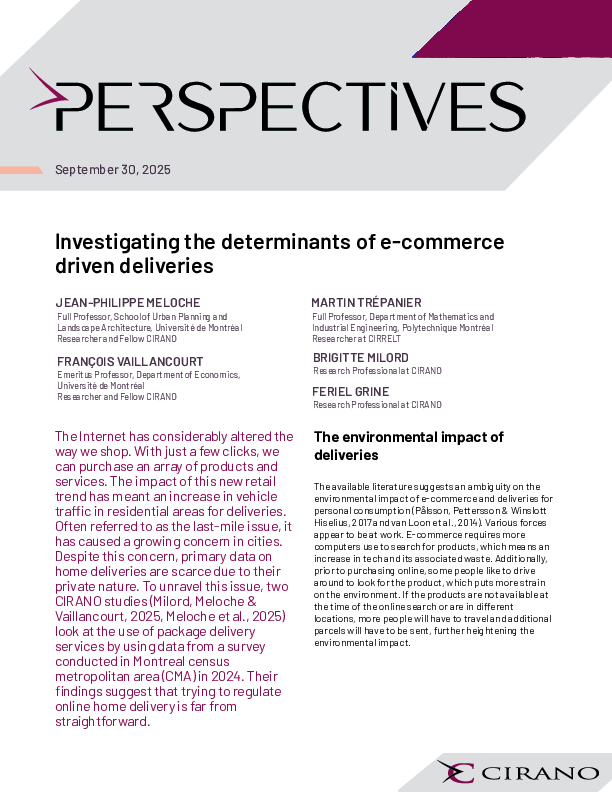Estimating the Intergenerational Education Correlation from a Dynamic Programming Model
Using a structural dynamic programming model, we investigate the relative importance of initial household human capital endowments and unobserved individual abilities in explaining cross-sectional differences in schooling attainments and wages. We evaluate the true intergenerational education correlation and the effect of an exogenous increase in human capital of the current generation on schooling attainments of the next generation. We find that the variation in schooling attainments explained by differences in household human capital is twice as large as the variation explained by unobserved abilities. However, the variation in labor market wages explained by differences in unobserved abilities is 3 times larger than the variation explained by household human capital endowments. We also find that the true partial correlations between son and father's schooling and between son and mother's education are respectively 17% and 40% lower than the sample correlations. Increasing the level of schooling of the current generation by one year raises schooling attainments of the next generation by 0.4 year.
[ - ]




